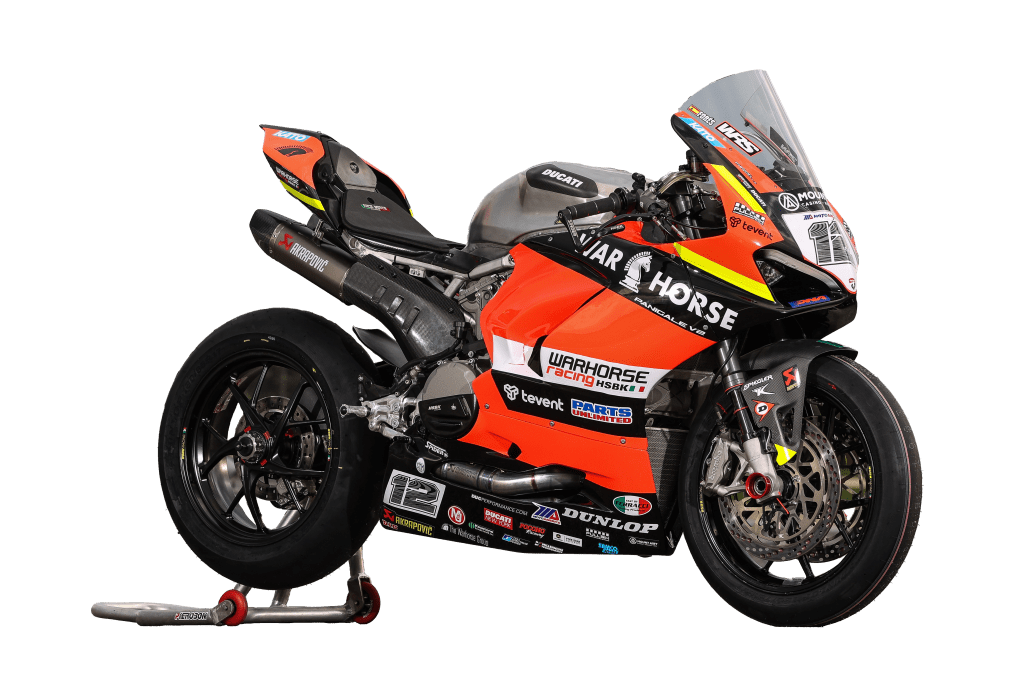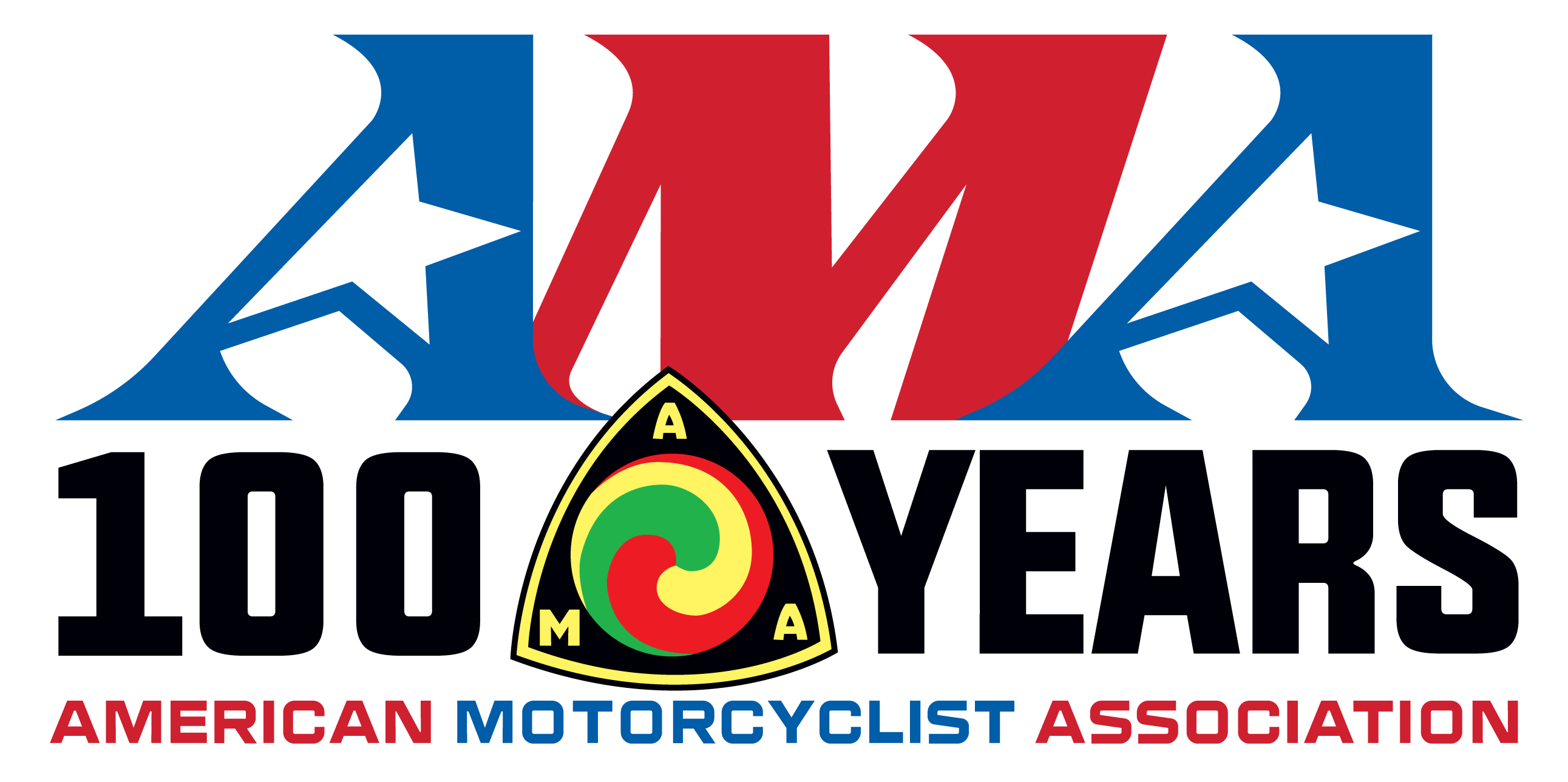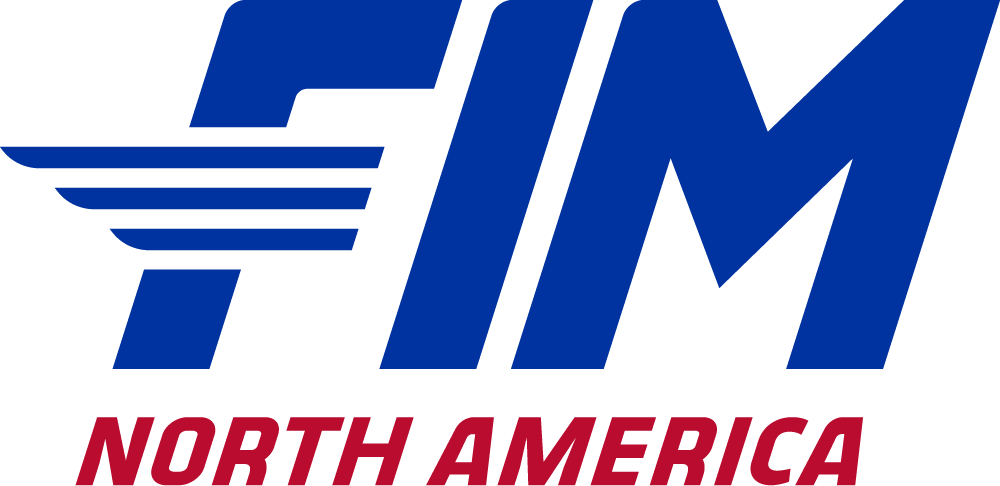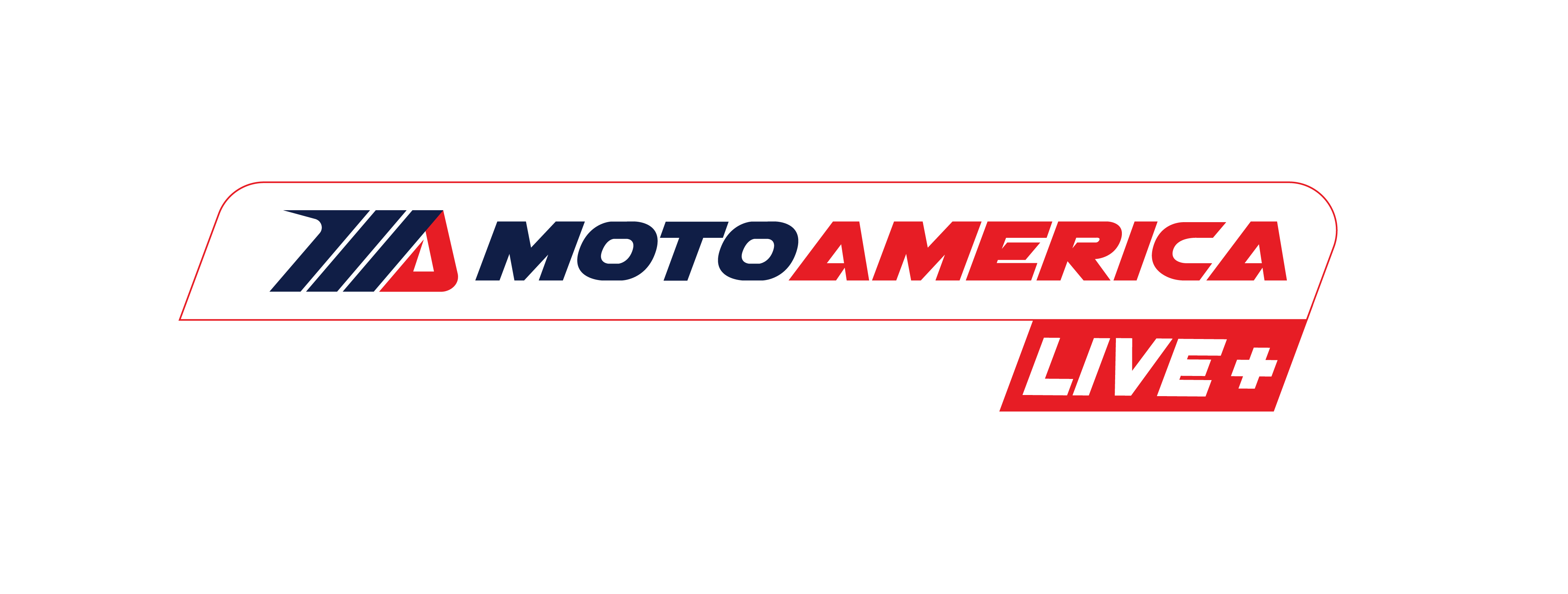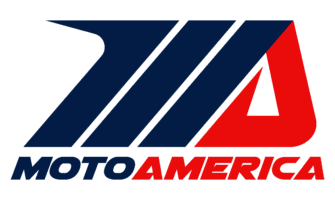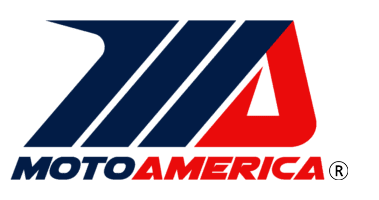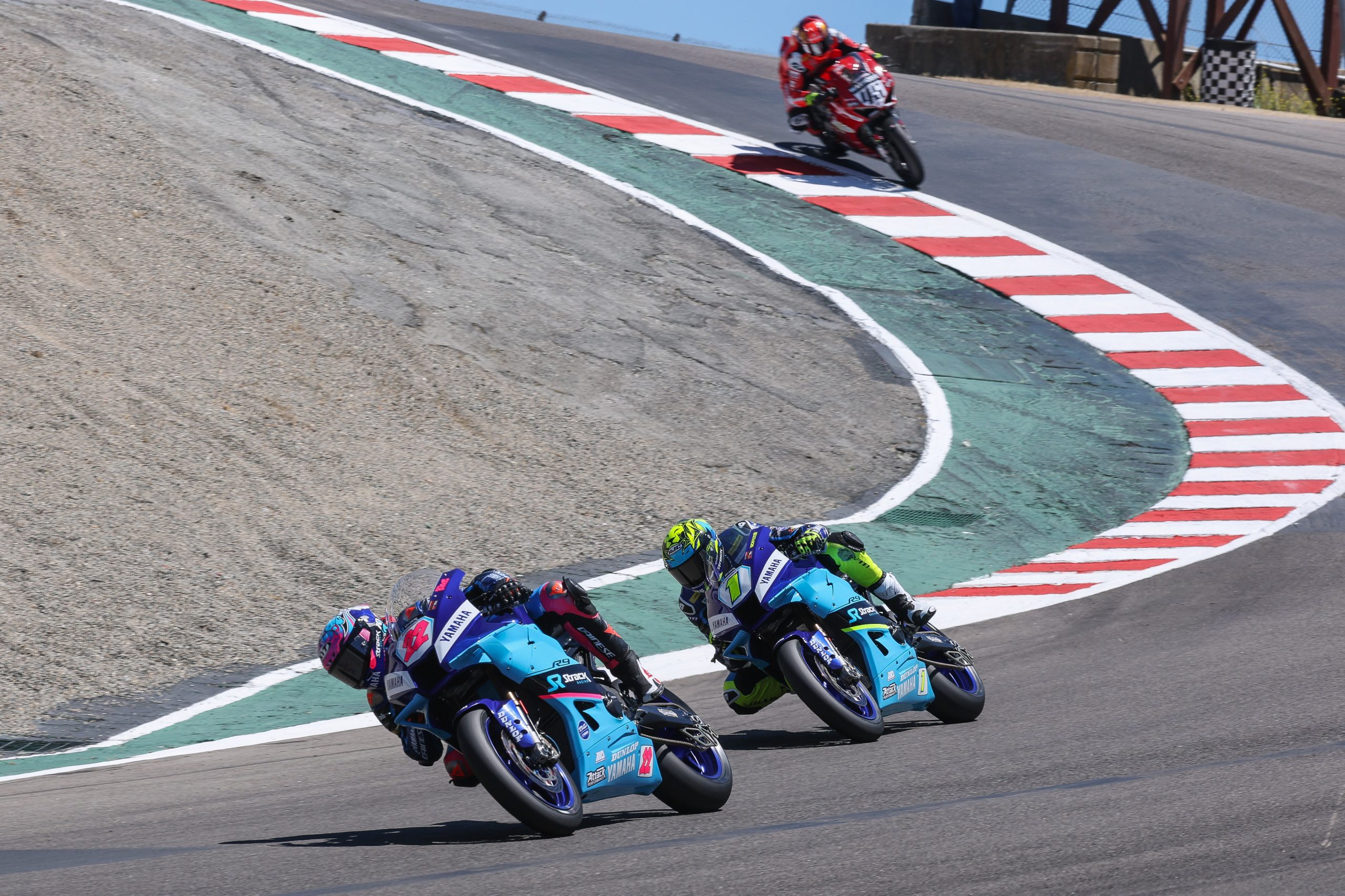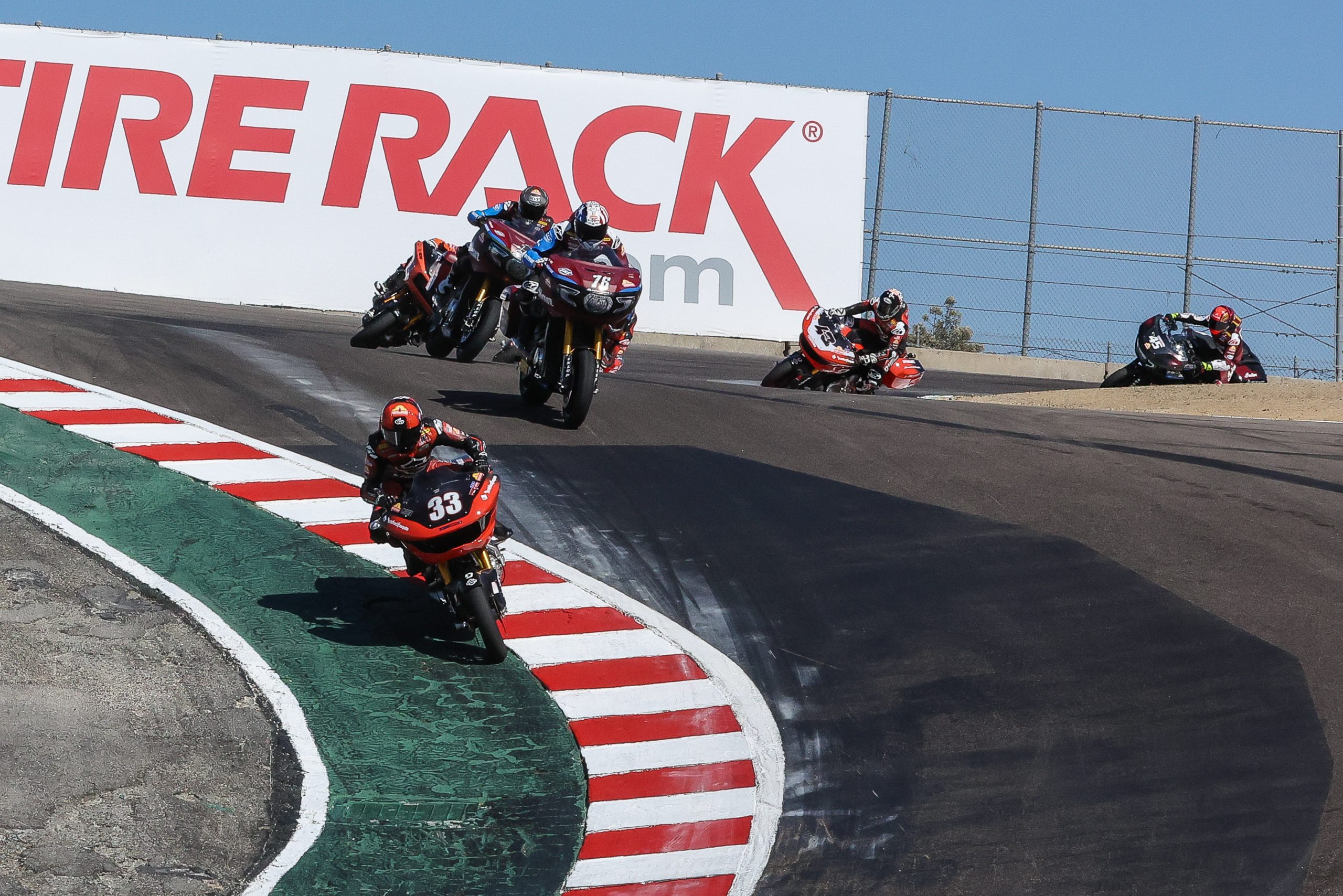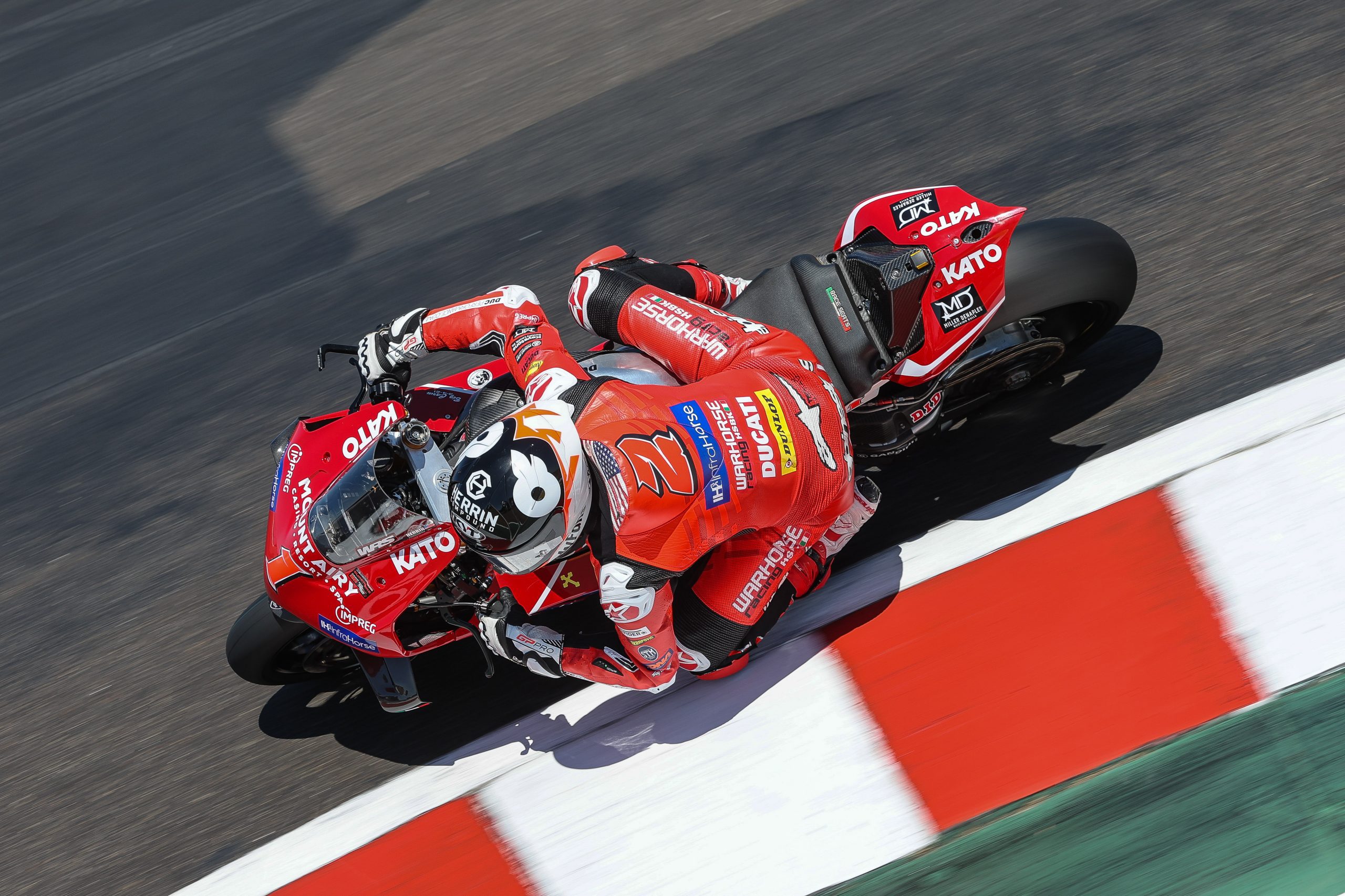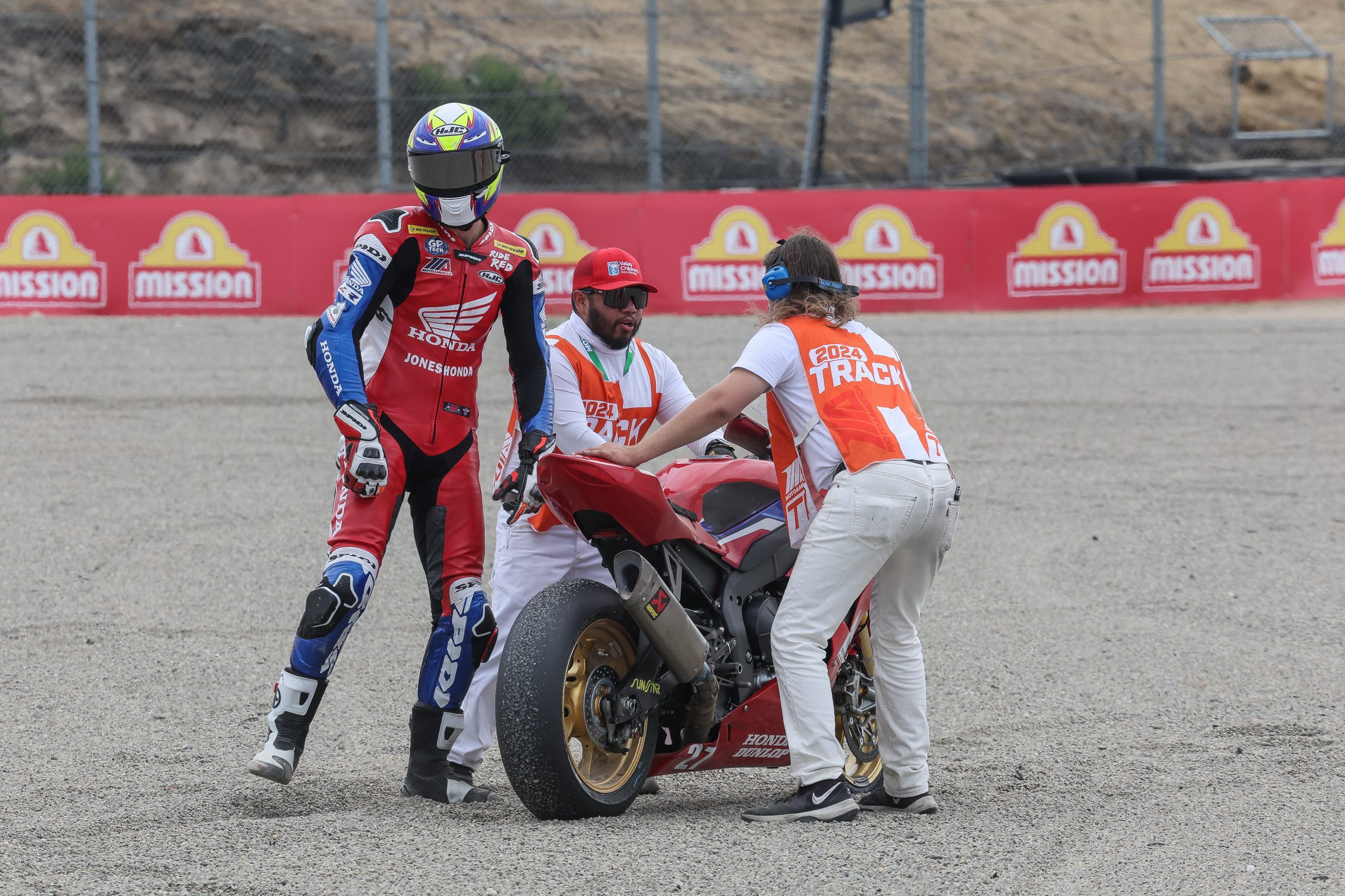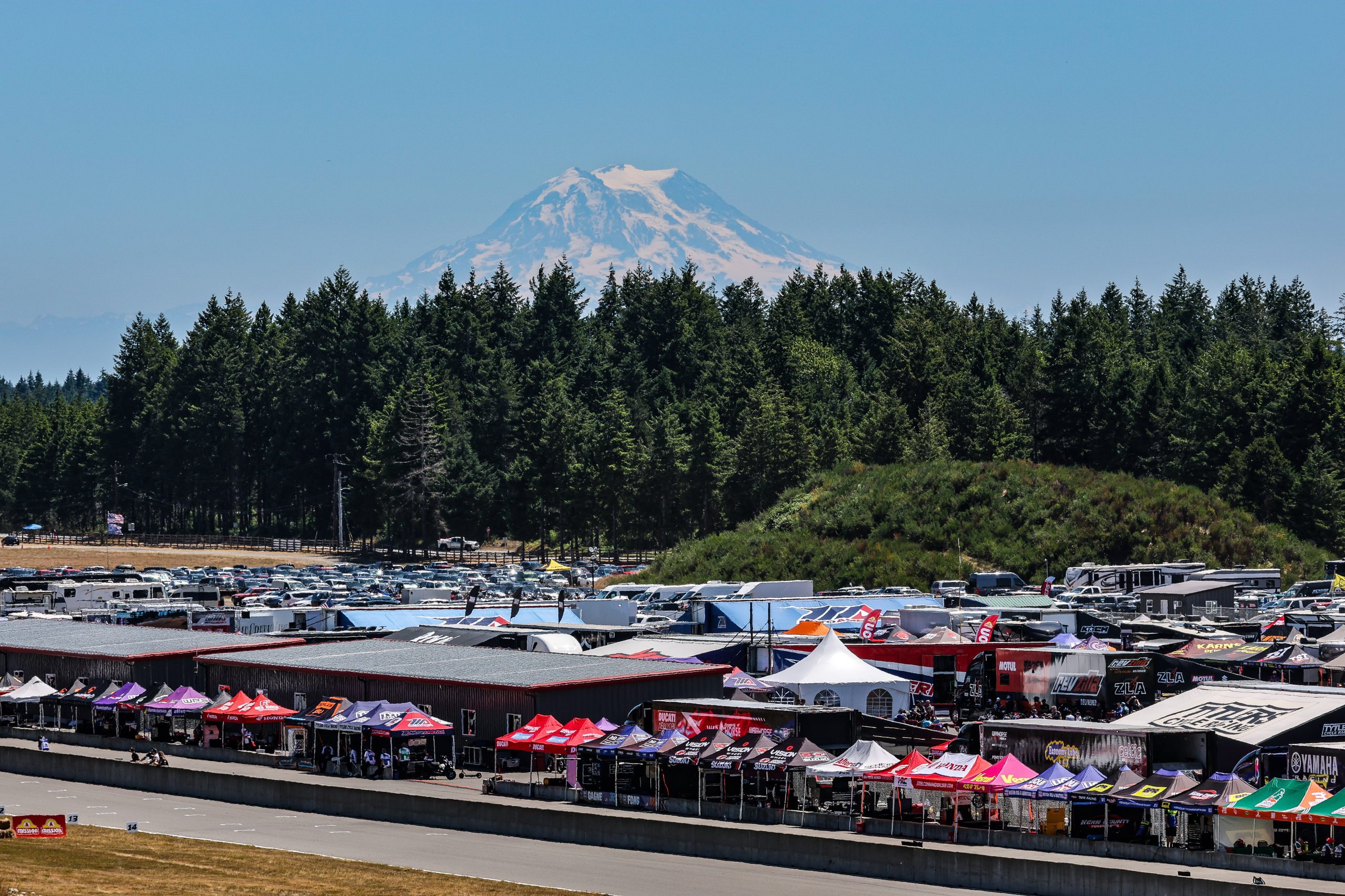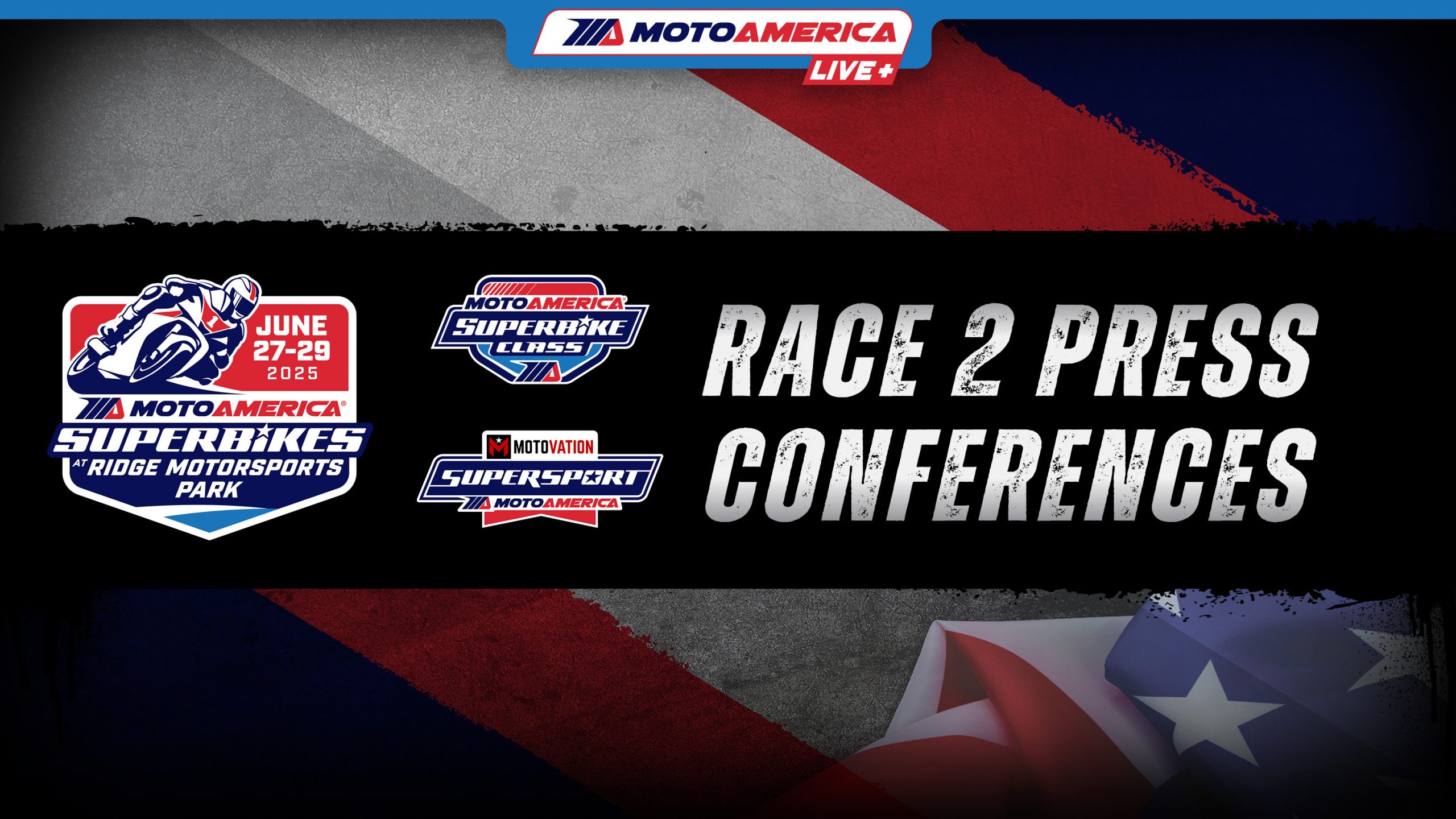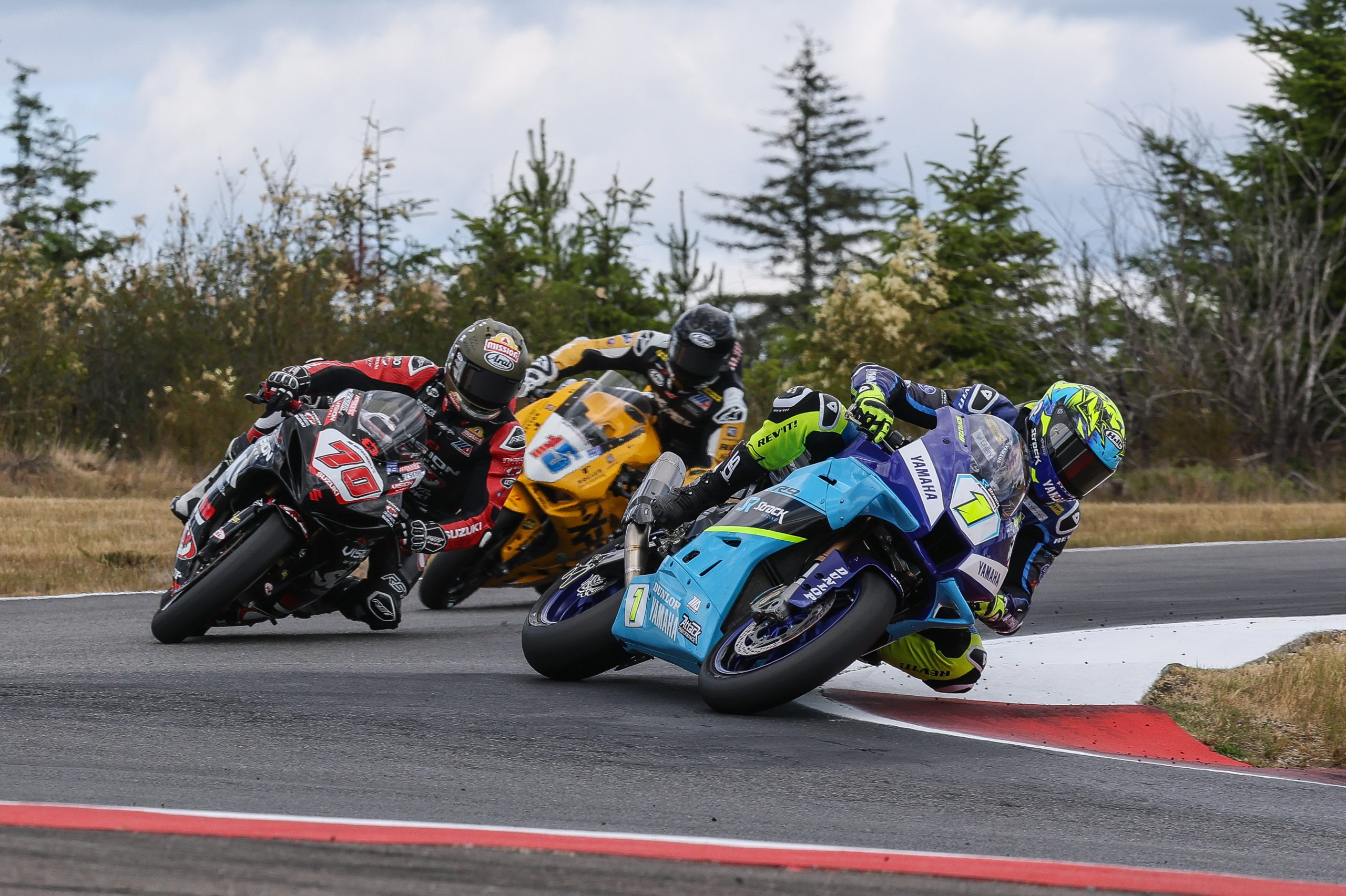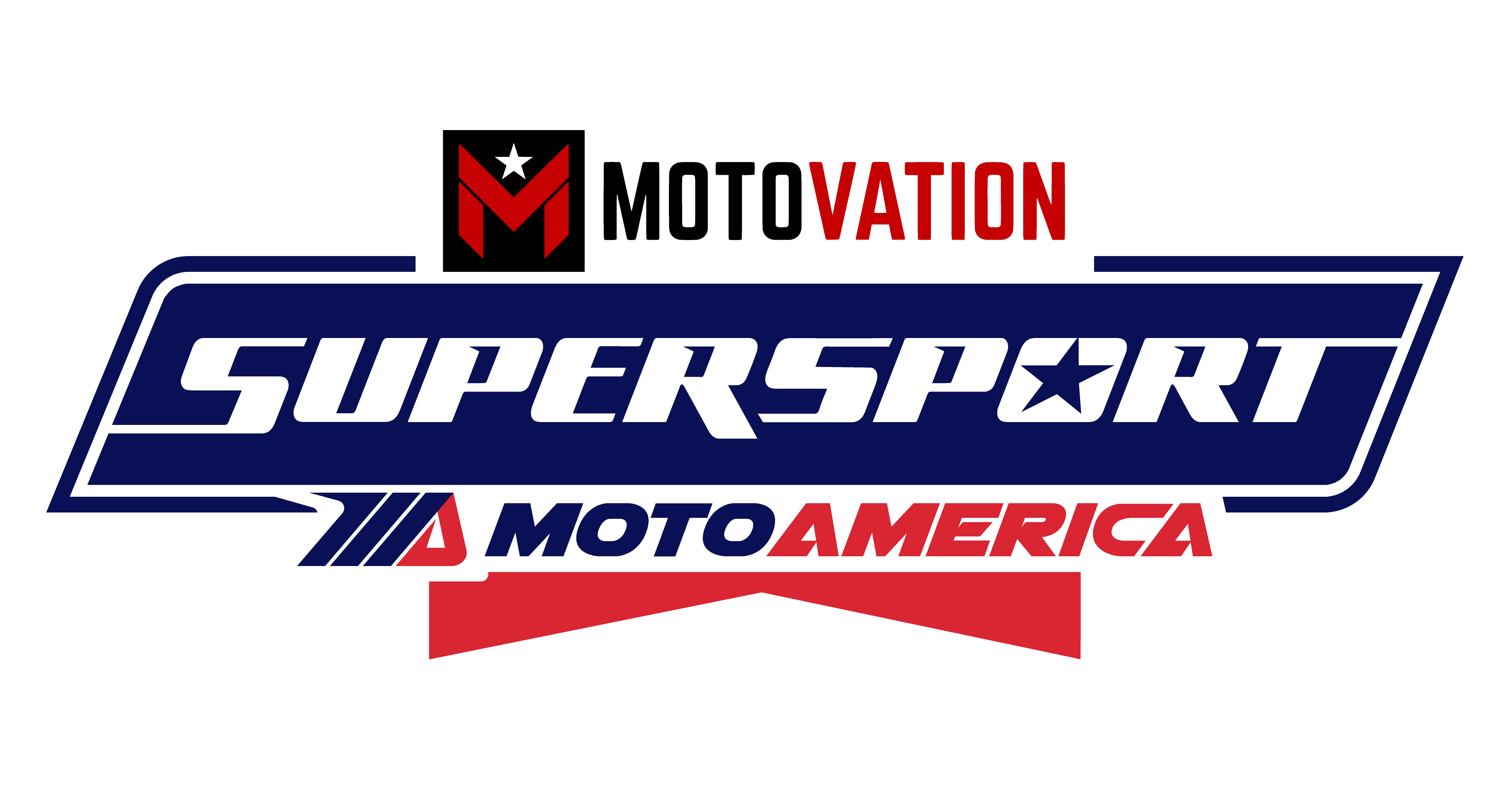
MotoAmerica’s middleweight race class, Motovation Supersport features the series’ rising stars competing aboard production-based motorcycles that are slightly less powerful than Superbikes, but are no less exciting to watch. Known for their sharp handling and high corner speeds, Motovation Supersport bikes provide for close racing and razor-thin margins of victory.
Engine Configurations:
Over 400cc up to 636cc, 4-stroke, 4-cylinder
Over 500cc up to 890cc, 4-stroke, 3-cylinder
Over 600cc up to 955cc, 4-stroke, 2-cylinder
130 Horsepower
Minimum Weight:
354.9 pounds
Rider Age Limit:
16-55
